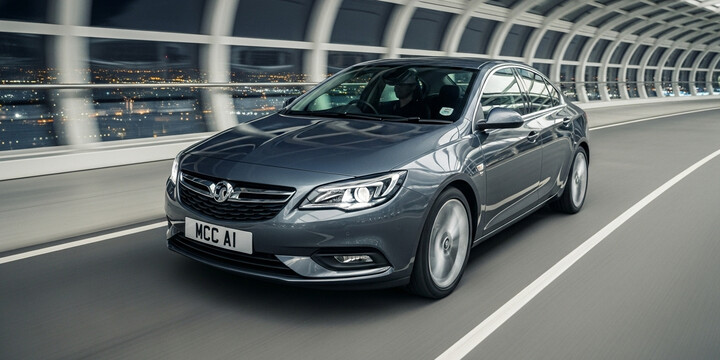
VAUXHALL OMEGA (1995-03) 4DR SALOON 2.0I 16V CD REV 99
The VAUXHALL OMEGA (1995-03) 4DR SALOON 2.0I 16V CD REV 99 is a classic, mid-1990s executive saloon that offers a blend of comfort, reliability, and practicality. Known for its spacious interior and smooth ride, this vehicle was a popular choice among families and professionals seeking a dependable car for daily commuting or longer journeys. Its stylish yet straightforward design makes it stand out in the used car market and is suitable for those looking for a mature, comfortable saloon with decent performance and a traditional driving experience.
What makes the VAUXHALL OMEGA 2.0I 16V CD REV 99 notable are its reputation for reliability and the comfortable driving experience it offers. It’s often appreciated for its solid build quality and generous interior space, making it a good option for family use or daily commuting. Compared to rivals in its class, the Omega delivers a calm and refined drive, with less emphasis on sporty performance and more on comfort and durability. With an average annual mileage of around 11,500 miles and several previous owners, this model remains a pragmatic choice for those seeking a used car with proven longevity. If you’re considering a used executive saloon, the VAUXHALL OMEGA (1995-03) 4DR SALOON 2.0I 16V CD REV 99 could be a reliable and practical option to explore.

average use
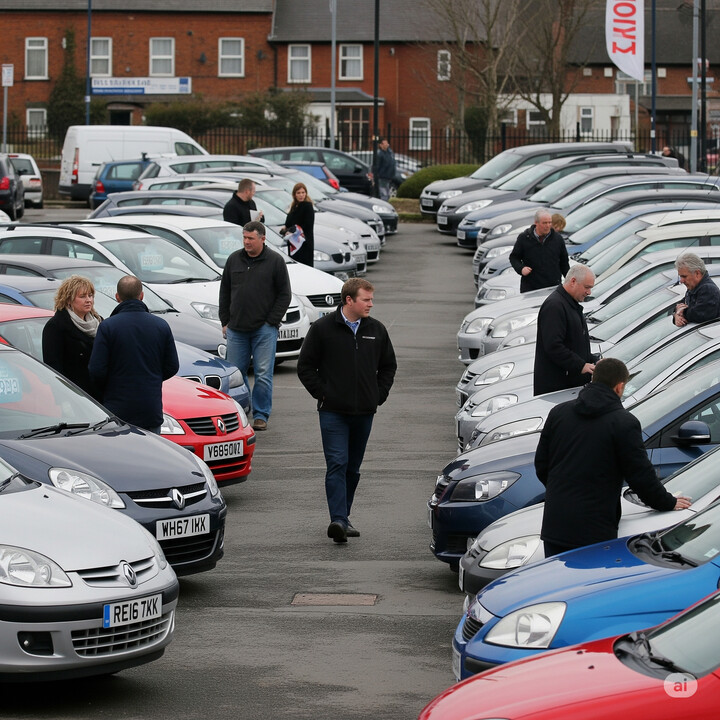
The most recent mileage data for the VAUXHALL OMEGA (1995-03) 4DR SALOON 2.0I 16V CD REV 99 indicates that the majority of vehicles, approximately 66.7%, have recorded mileage between 80,000 and 90,000 miles. Conversely, a smaller portion, around 33.3%, shows recorded mileages between 220,000 and 230,000 miles. This suggests that while most of these vehicles are relatively lower mileage, there is a significant minority that has accumulated very high mileages, potentially pointing to varying usage patterns or maintenance histories within this model.

vehicle values
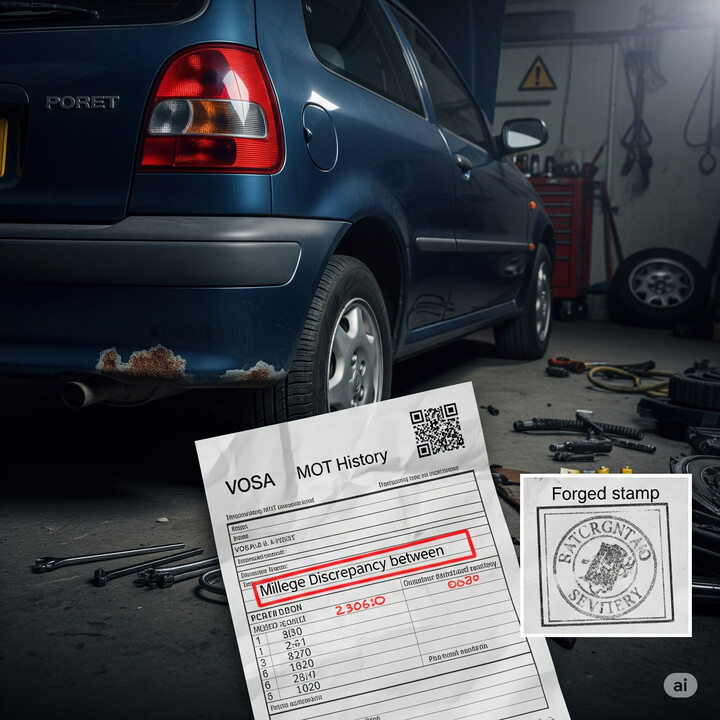
The data indicates that all private sale prices for the Vauxhall Omega (1995-03) 4DR Saloon 2.0I 16V CD REV 99 fall within the "0 to 1000" UK pounds range, accounting for 100% of the sample. This suggests that the vehicle is generally valued at or below £1,000 in private sales, which aligns with expectations for an older model of this type. It highlights that the vehicle's market value is relatively modest, potentially reflecting factors such as age, condition, and market demand.

production years
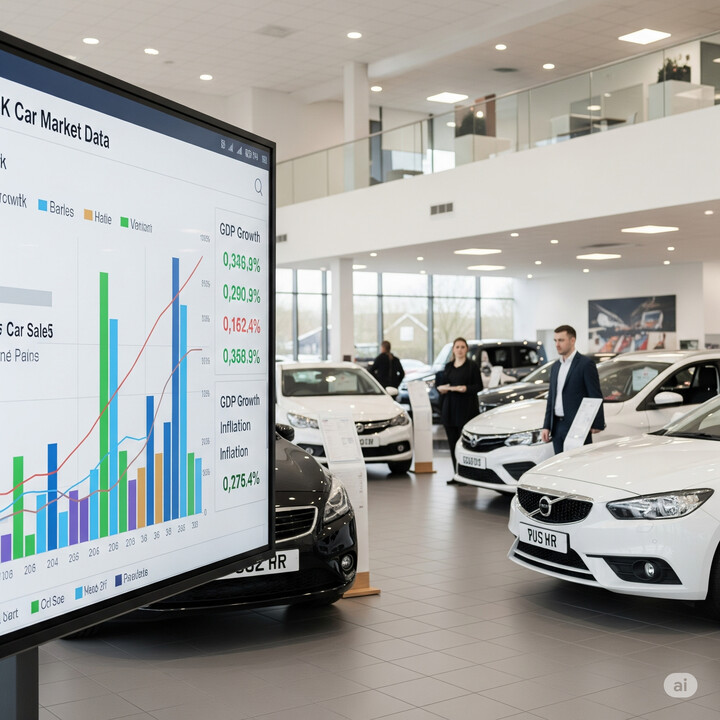
The data indicates that for the Vauxhall Omega model (1995-03) 4-door saloon 2.0i 16V CD REV 99, all recorded vehicles in the sample were manufactured in the year 2000. This suggests a strong concentration of the vehicle’s presence or registration around that specific year, which may reflect on its production or popularity during that period.

colour popularity
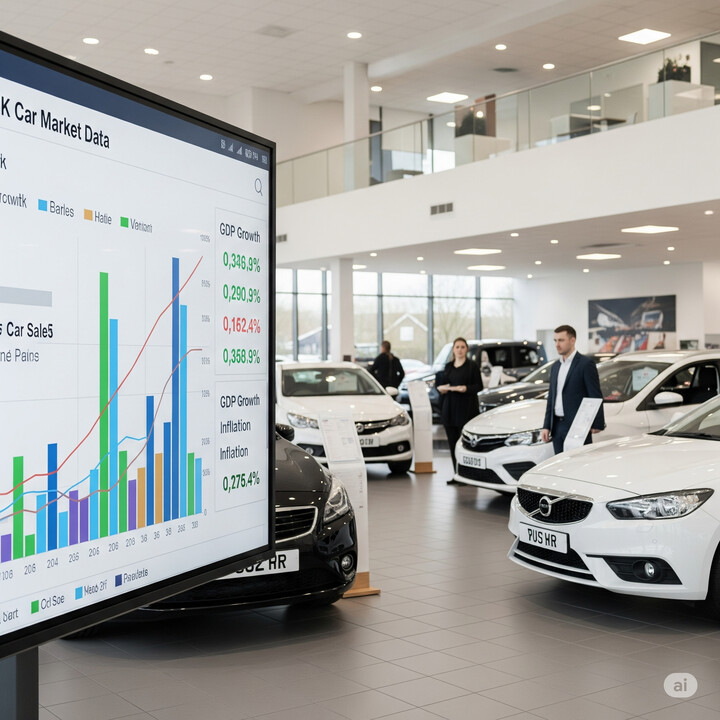
The data indicates that the main paint colours for the VAUXHALL OMEGA (1995-03) 4DR SALOON 2.0I 16V CD REV 99 are evenly distributed among Grey, Silver, and Blue, each accounting for approximately 33.3% of the sample. This balanced variation suggests no single dominant colour for this model, highlighting a diverse palette preference among owners during that period.

ownership cycle
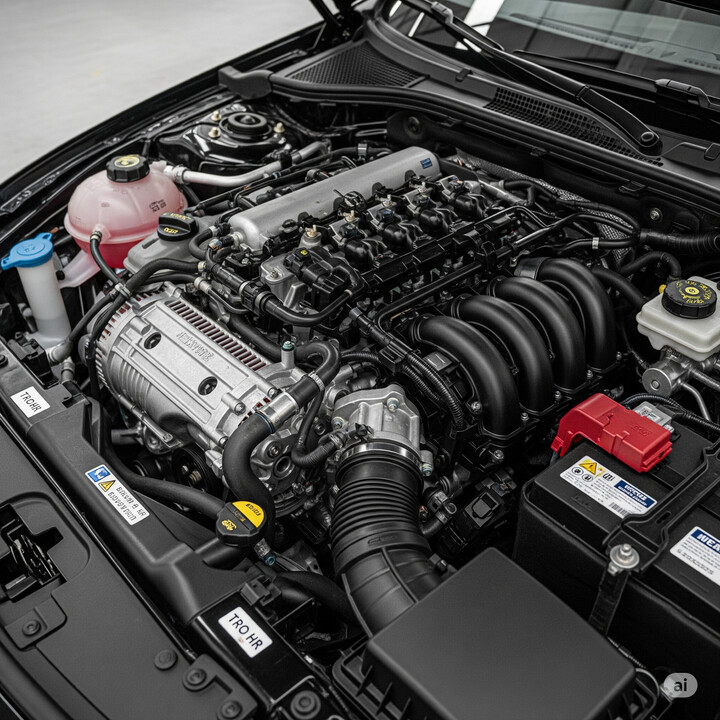
The data indicates that for the VAUXHALL OMEGA (1995-03) 4DR SALOON 2.0I 16V CD REV 99, the number of registered keepers varies, with three notable groups: 1, 6, and 9 keepers. Each group comprises approximately one-third of the total vehicles, suggesting a relatively even distribution among these categories. This pattern may reflect typical ownership tenure or resale cycles for this vehicle model.

engine choices

The data indicates that for the Vauxhall Omega (1995-03) 4DR Saloon 2.0I 16V CD REV 99 model, all recorded vehicles from 1998 exclusively use petrol as their primary fuel type. Additionally, the engine capacity data is available for 1998 vehicles, suggesting a consistent engine specification across that year. This consistency highlights that petrol-powered engines were the standard choice for this model during that period, with no recorded variations in engine capacity within the dataset.












